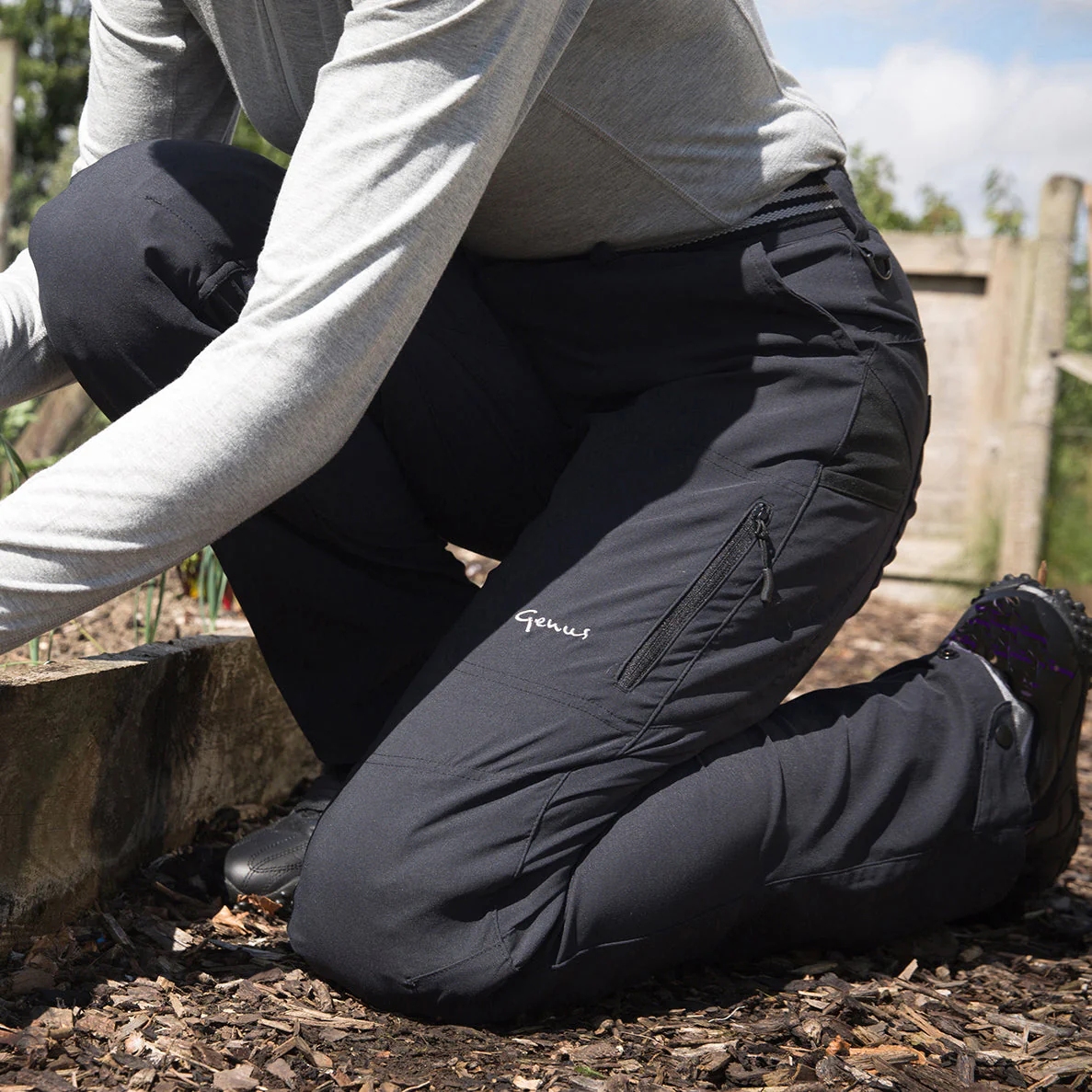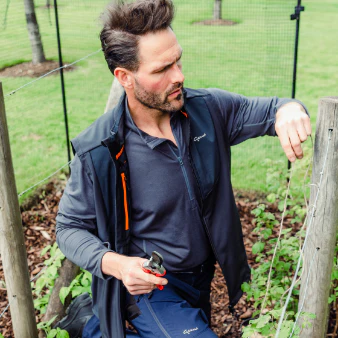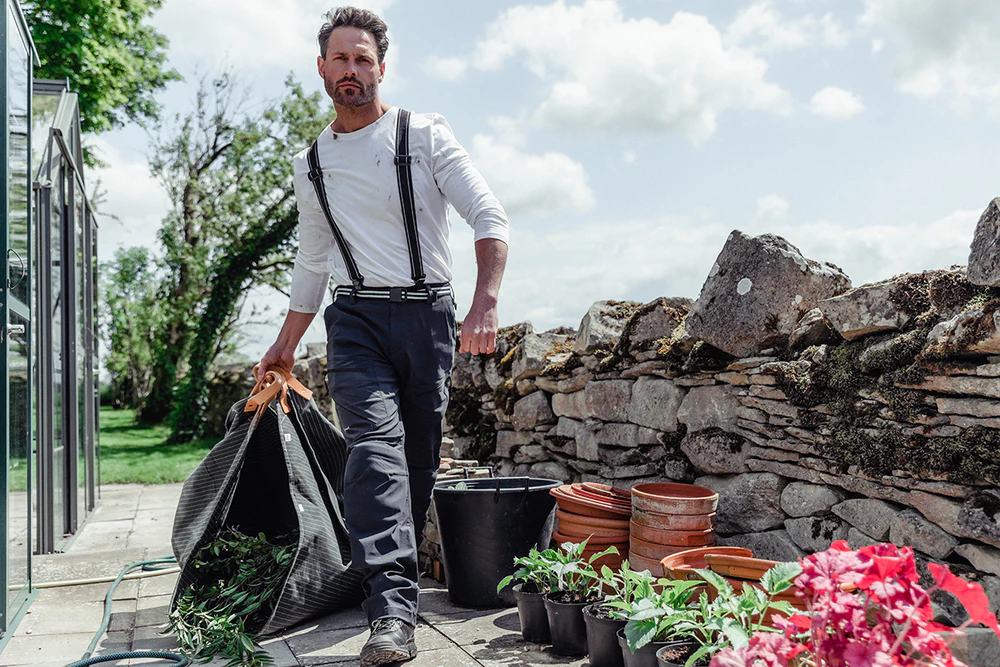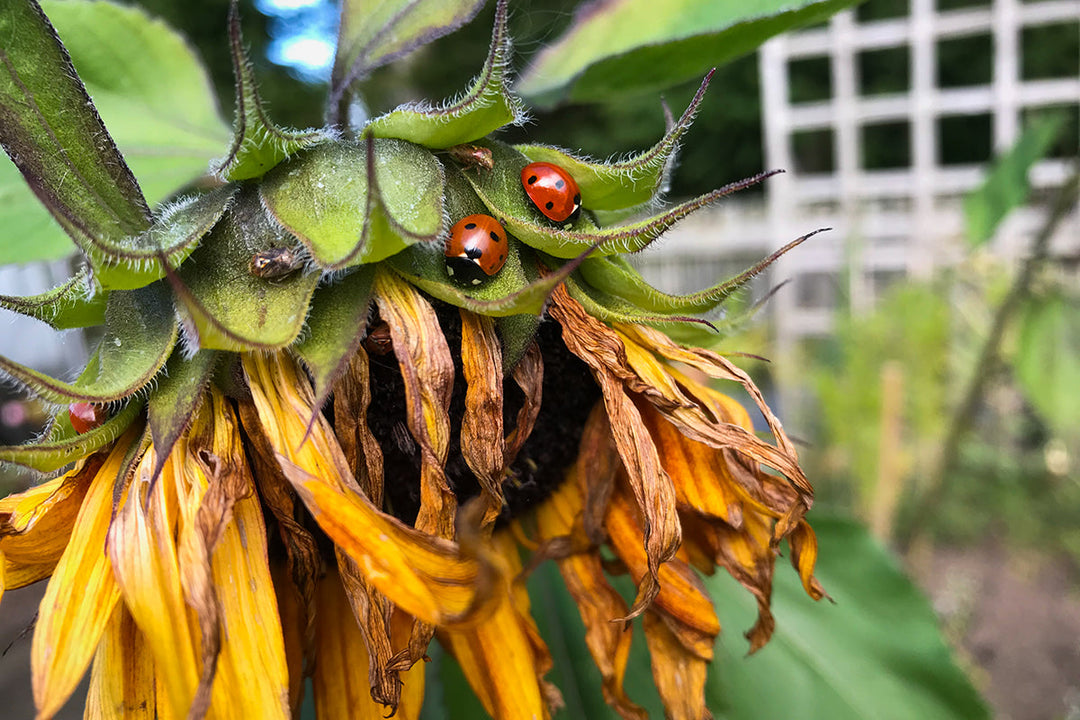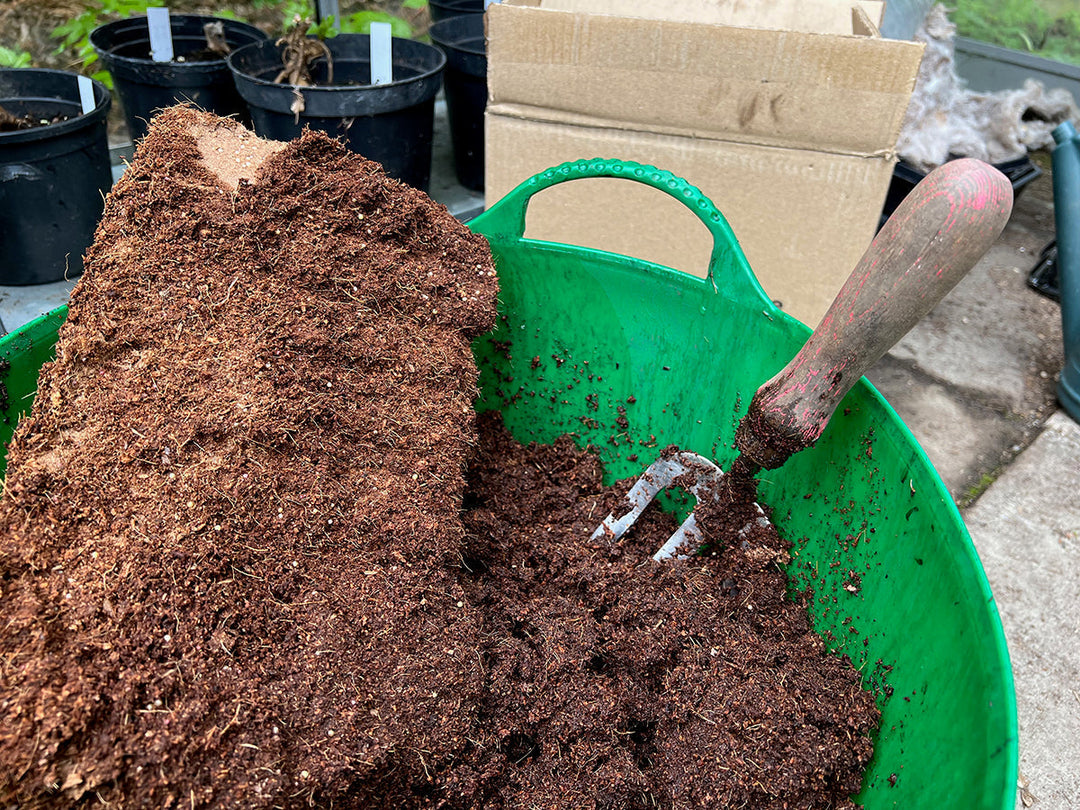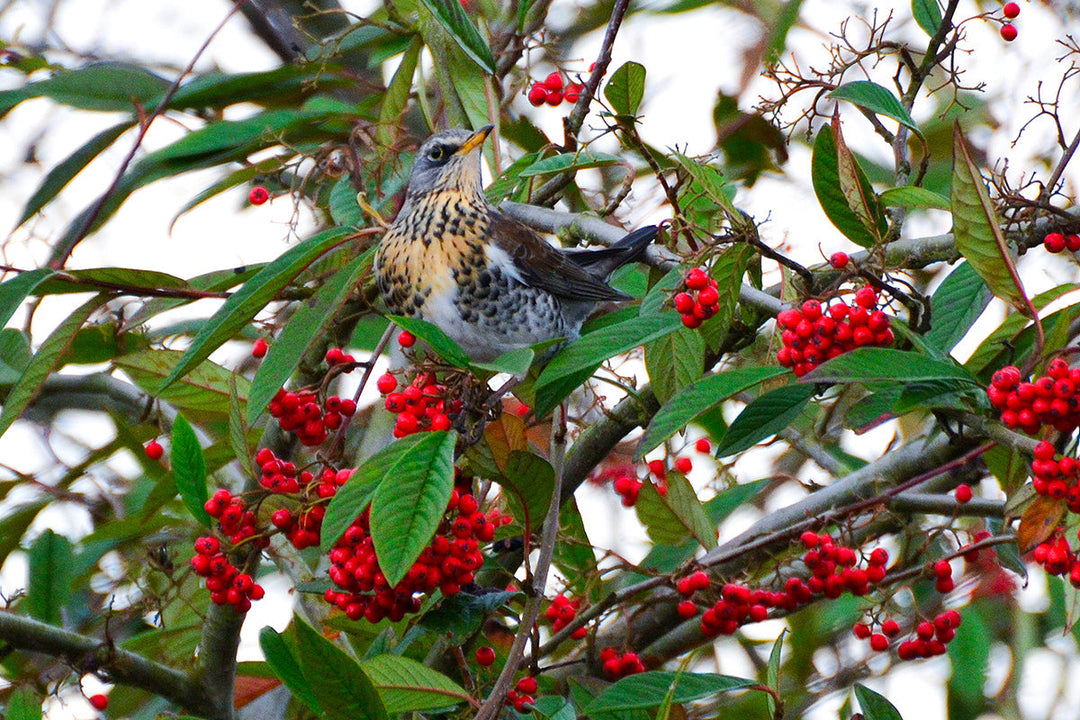Plant folklore - dandelions
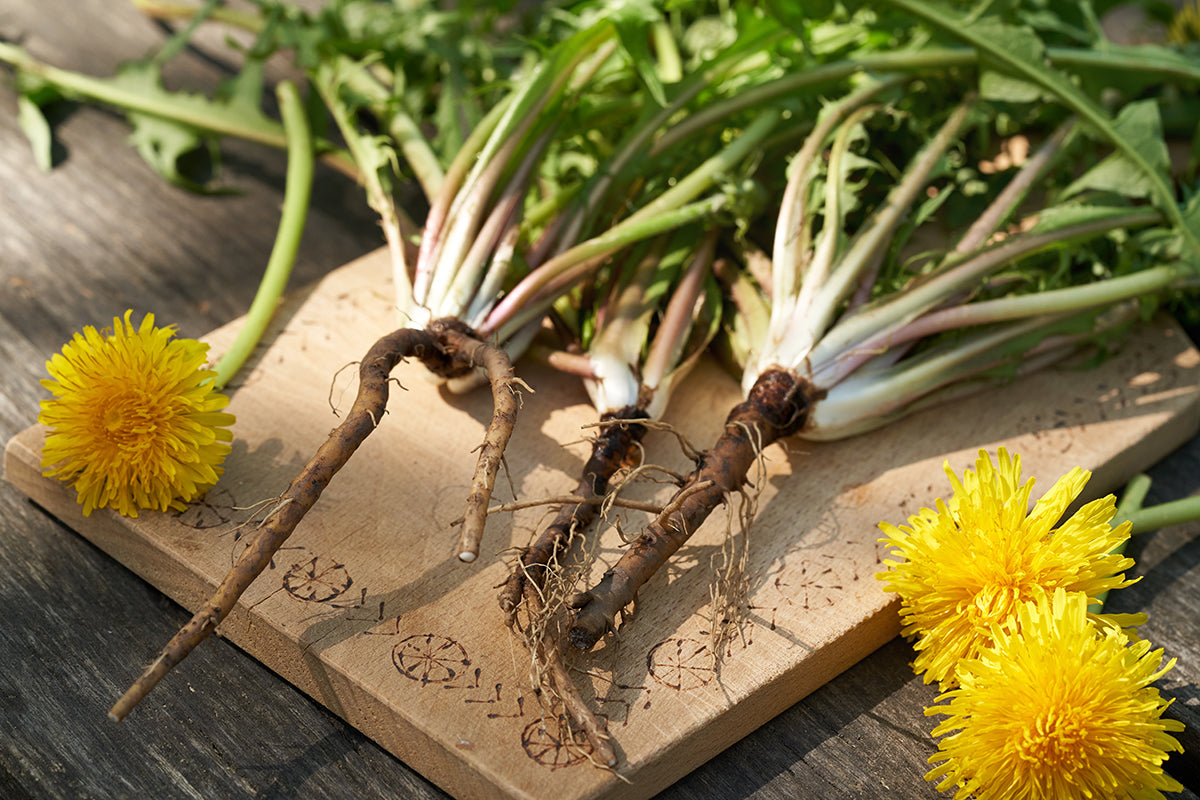
Dandelion, that bright yellow native species belonging to the Asteraceae family (daisies and asters), are steeped in folklore in every part of the world in which they occur.
Who doesn’t remember the childhood habit of ‘telling the time’ by blowing on the seed head of the plant - the number of blows to remove all the parachute-like seeds telling the time in hours.
The French word for the plant is ‘pissenlit’ which translates as ‘piss in the bed’ a common belief held in a number of countries that picking the flowers will lead to bedwetting. Parents would even warn their children to not touch the flowers after four o’clock to prevent this from happening.
In Scotland the floating seeds were known as ‘hairy witches’ and when caught would bring good luck while in parts of England blowing the seed heads would enable wishes to be made. By removing the seeds one by one a game of ‘he loves me, he loves me not’ could be played. The final seed deciding the outcome.
Dandelion leaves are commonly given as a food to rabbits but also have several uses in a human diet. The leaves can be bitter but when blanched by shielding from sunlight can make a salad leaf rich in vitamin C. The roots when roasted make a substitute for coffee and the closed flowerbuds are a popular addition to omelettes.
Research into the extracts of the root are currently being undertaken to assess its use as an anti-inflammatory to relieve the effects of arthritis.
One particularly imaginative use of the plant during wartime was as a temporary replacement for valve rubber in bicycle inner tubes. The hollow stem when selected in the suitable ‘gauge’ enabled a wartime cyclist to make it back home after discovering a slowly leaking valve was causing his tyre to deflate.
In the garden dandelions are recognised as a valuable source of early nectar. Research has shown that 50 different species of invertebrates including moths, bees, wasps and flies benefit from the plants that are rich in Vitamins A and C, and provide iron, calcium and potassium.


